Following up on last week’s post on our cockfighting chair, I thought I’d highlight another interesting set of chairs in our collection in anticipation of next Thursday’s conversation on the history of the chair with Witold Rybczynski.
If you’ve been on a Rosenbach house tour, you’ve seen these English mahogany chairs around the dining room table.
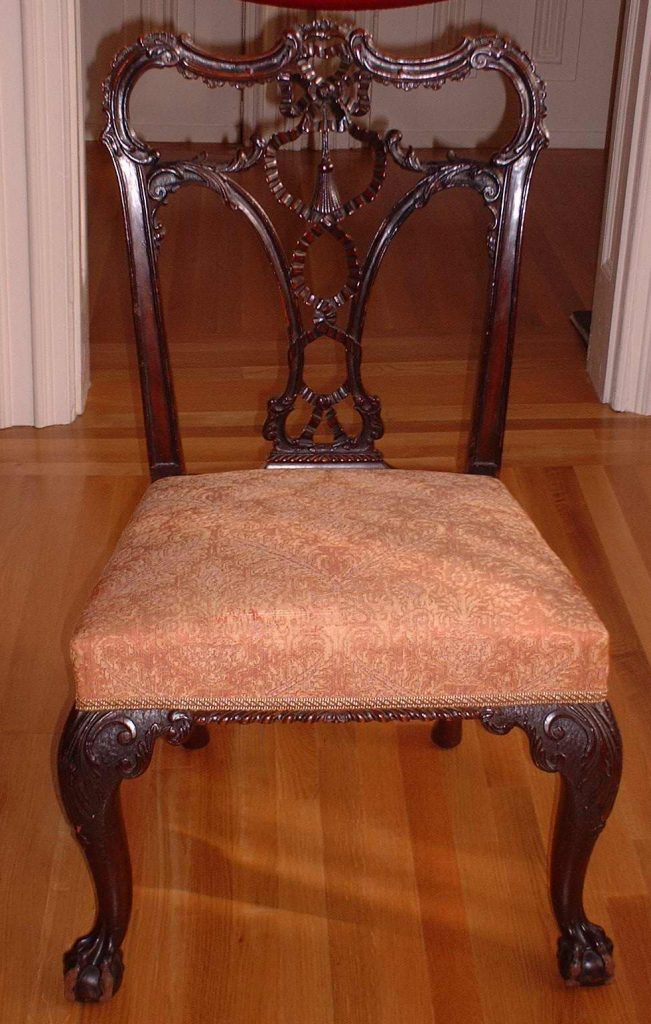
The chairs are in a mid-18th century rococo style, often called Chippendale after Thomas Chippendale’s pattern book The Gentleman and Cabinet-maker’s Director, which was first published in 1754. In fact, the design of the back of this chair is copied directly from plate XVI of Chippendale’s Director (shown below–look at the chair on the left). However, although the chairs are designed from Chippendale’s book, they
are not 18th-century chairs, but 19th-century reproductions.

There are six of the chairs around the table, but the Rosenbach owns a total of eleven with the same back design. If you look closely you’ll notice that these the eleven chairs are actually from two sets: seven have paw feet and upward-pointing acanthus leaves on the “knee” and four have ball-and-claw feet and downward-pointing acanthus with a punched background.
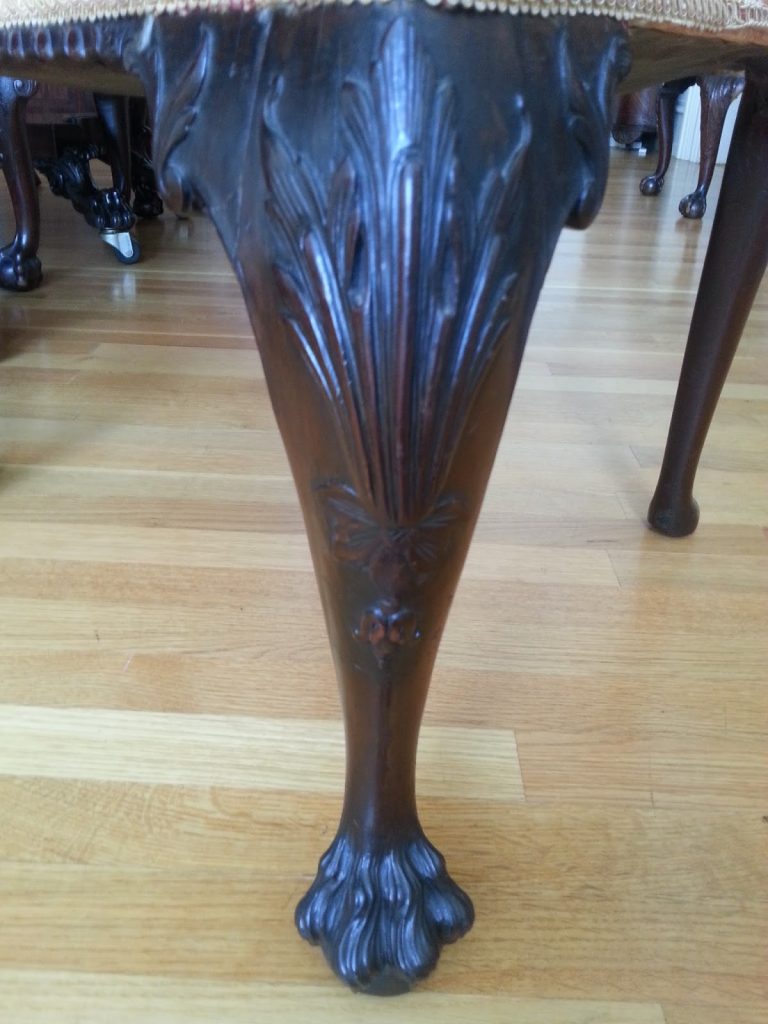
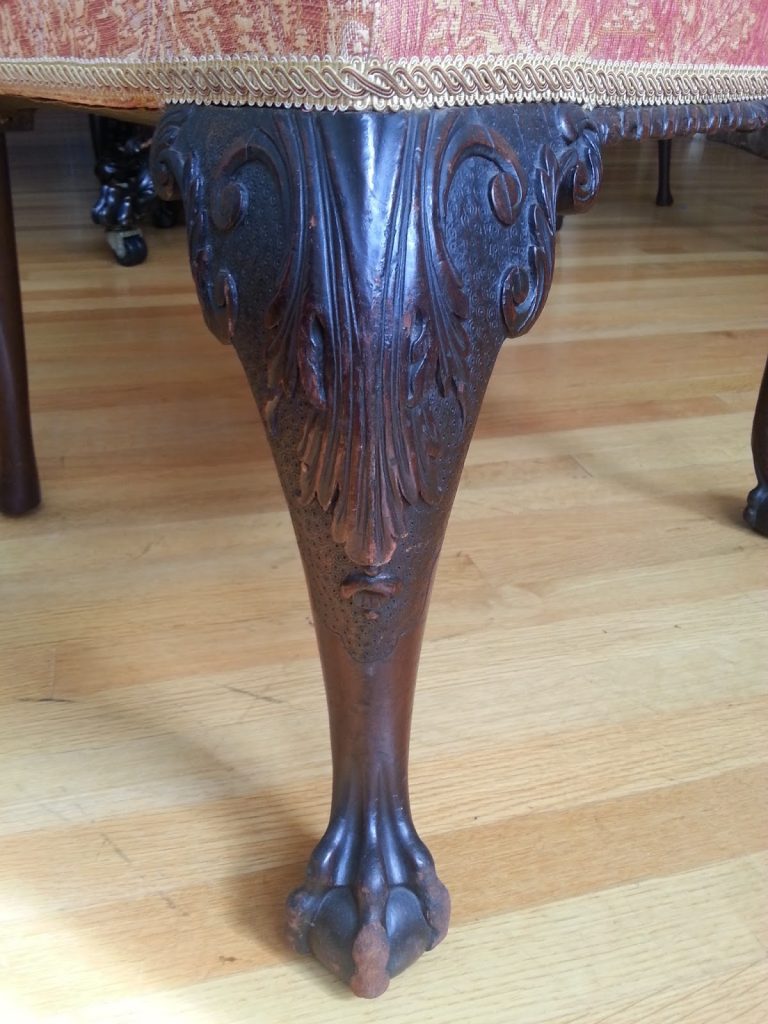
Philip Rosenbach bought these eleven chairs in 1926 as a suite from the estate of William Hesketh Lever, the first Viscount Leverhulme. Lever was a soap manufacturing magnate who founded Lever Brothers (now part of Unilever) in 1886 and turned it into a multinational powerhouse. He also served as a liberal M.P.. The mid-19th century Thornton Manor was his Cheshire home.

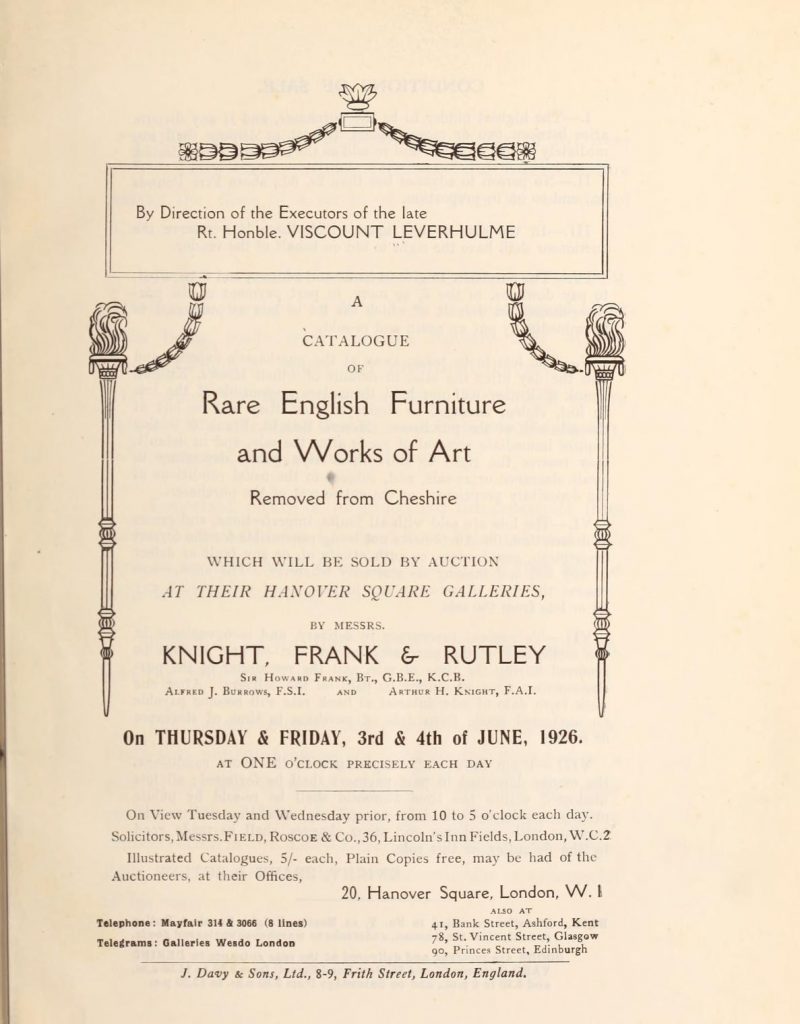
Following the first Viscount’s death, there were several auctions of sections of his collections from his many homes, including one of “Rare English Furniture and Works of Art Removed from Cheshire” on June 3-4, 1926.
Here is the Leverhulme sale description and pictures of the furniture suite, which also included a settee.

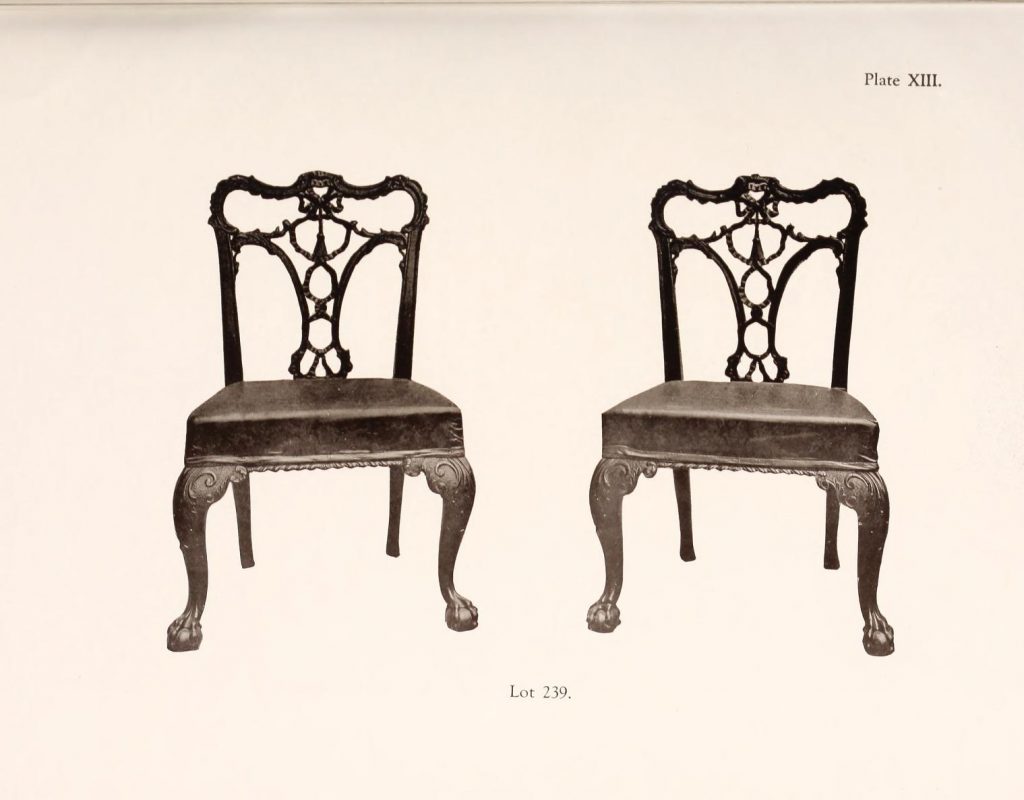
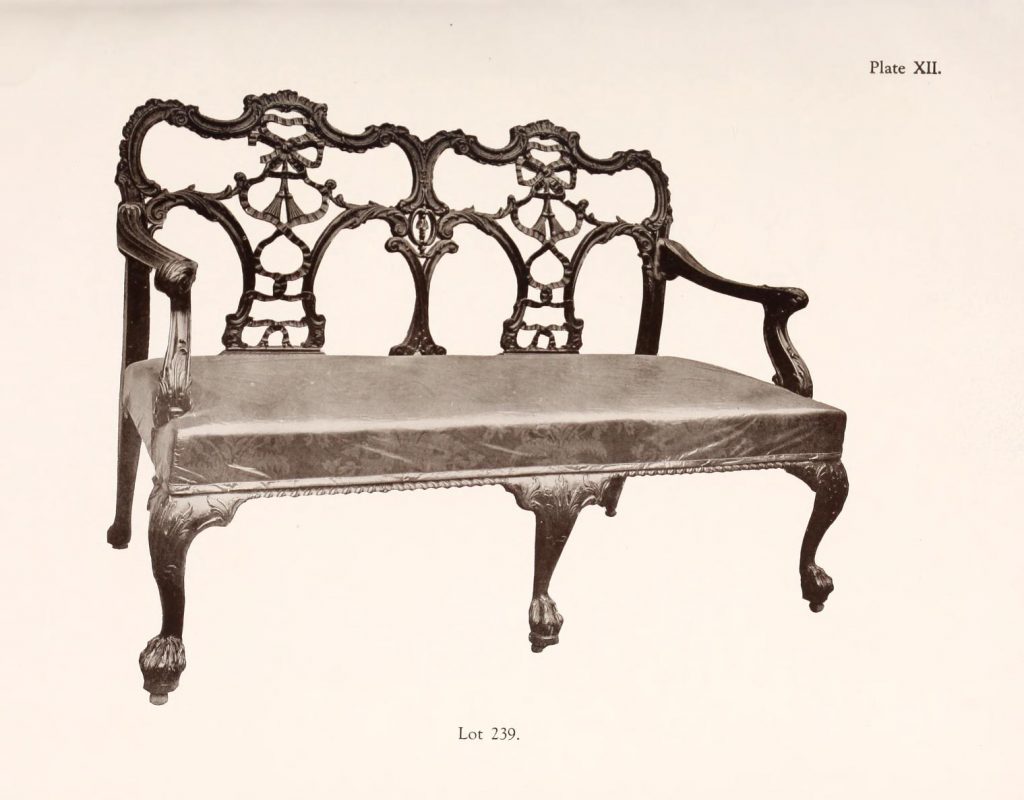
Philip bought the whole set and sold the settee in 1930 to Mrs. Blakemore Wheeler of Louisville, Kentucky. In a letter to Mrs. Wheeler, Philip described his purchase of the set (which he noted was “old but not a period piece,” e.g. not from Chippendale’s time) :
[The set] did not reach the limit which was placed by the executors, as the dealers had gotten together and tried to make what they call a knock-out on the entire collection. I was in the room when it was put up for sale, and succeeded in purchasing the entire suite privately afterwards.
The chairs are in my own dining room and I would not have parted with the settee at any price but that I had no place for it in the house. You are thus getting the benefit of an extremely low price for it.
So the next time you are in the dining room, be sure to take a look at the chairs!
